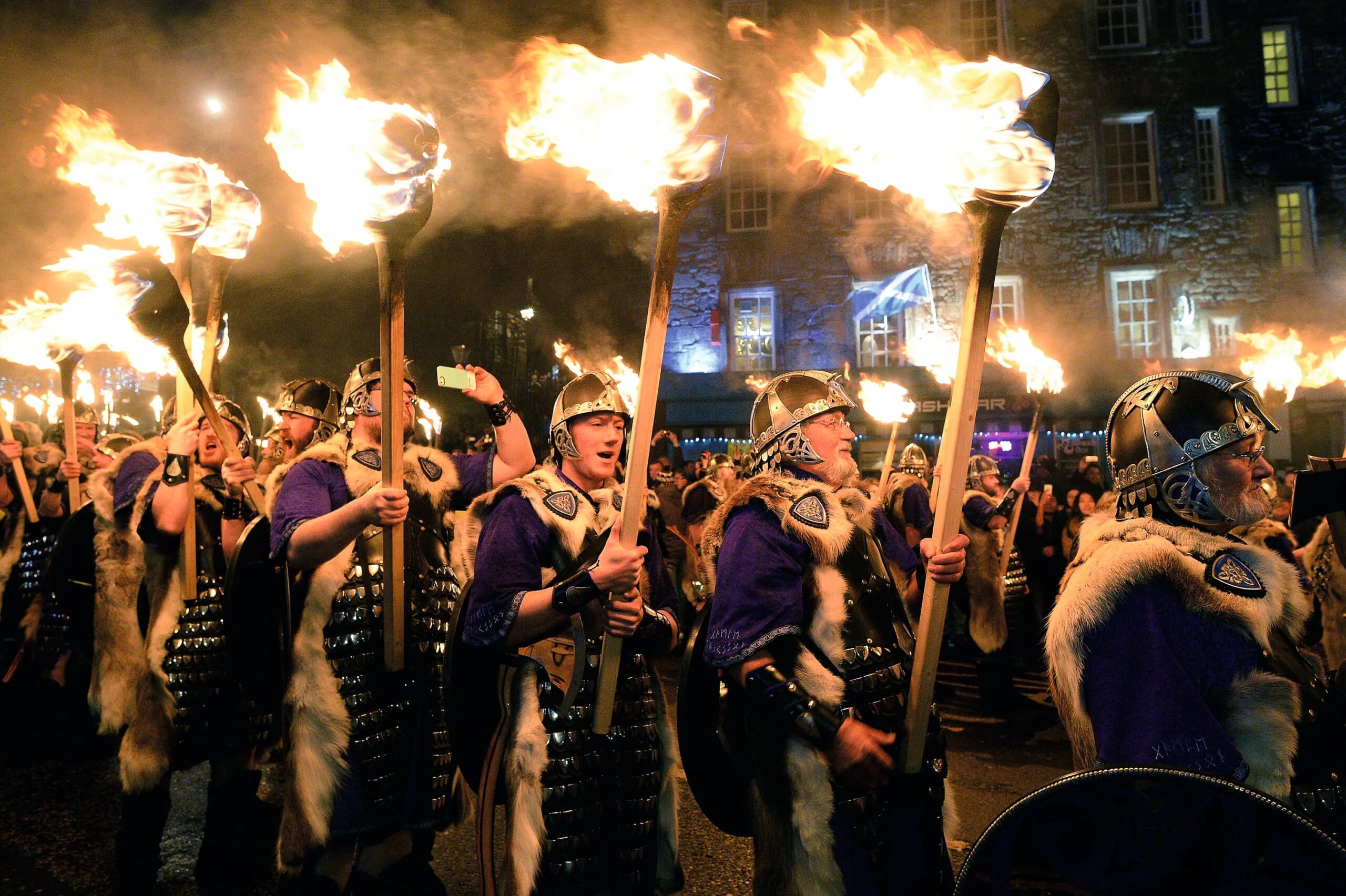
- On 07/12/2023
- In Blogs Travel Tips
- Tags:
Hogmanay
Hogmanay Is the Festive Scottish Tradition You've Never Heard of — but Will Want to Celebrate. Here’s how to ring in the New Year, Scottish style.
By Lydia Mansel | travelandleisure.com
In many countries, December 31 is known as New Year’s Eve; in Scotland, it’s Hogmanay. Pronounced like [hog-muh-nay], the celebration involves fireworks, lively street parties, several Scottish traditions — including one called the «first footing» — and the type of revelry synonymous with the United Kingdom’s northernmost country. To find out more about Hogmanay, its origins, and the best ways to join in on the merry-making, we asked a few locals to share their knowledge, personal experiences, and best tips for celebrating Hogmanay in Scotland.
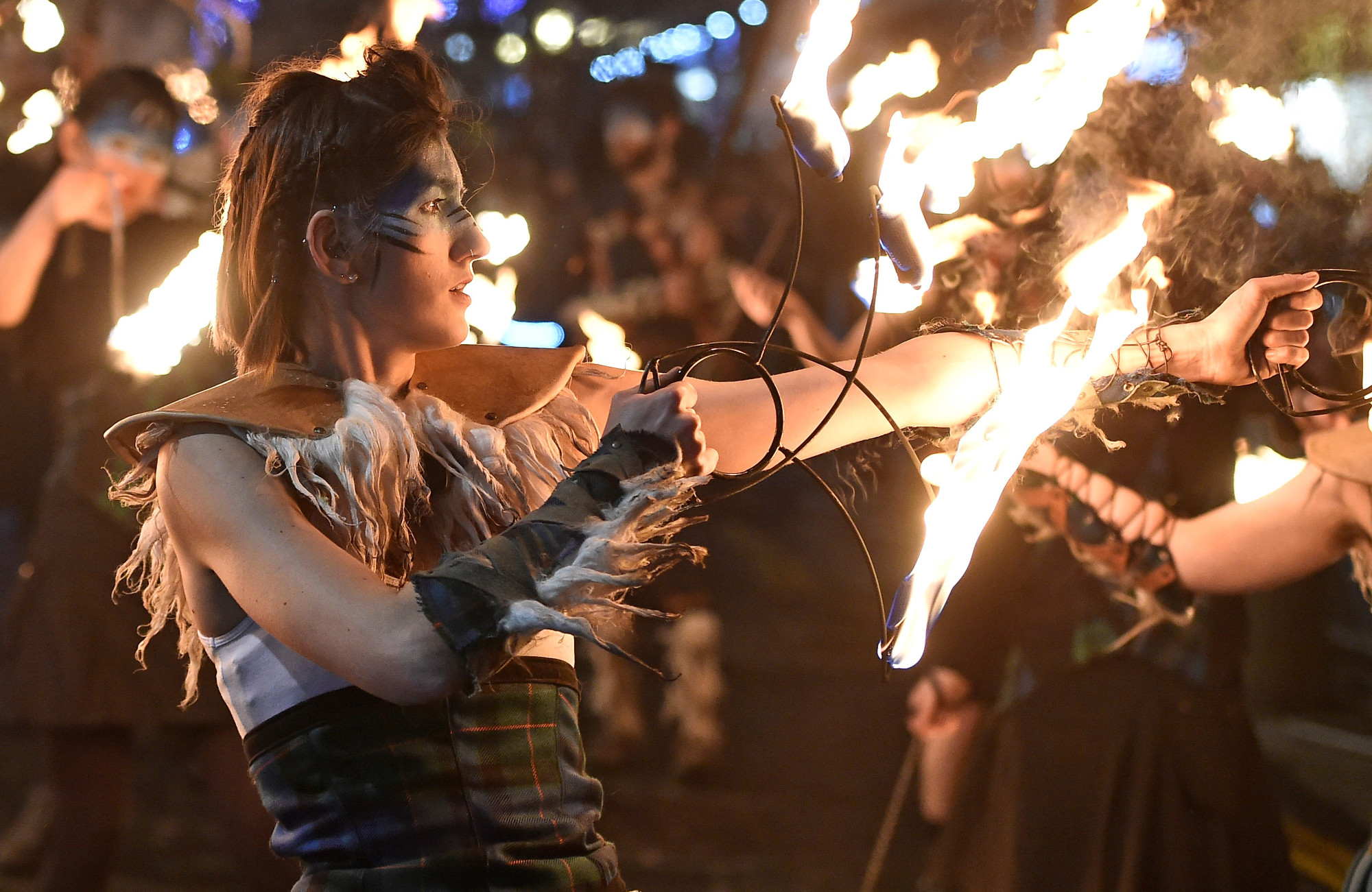
What is Hogmanay?
Hogmanay is a term rooted in Scottish culture, marking the final day of the departing year and a joyous welcome to the new year to come, says Conor O’Leary, managing director at The Gleneagles Hotel. It is our «New Year's Eve» celebration, characterized by a warm and welcoming atmosphere filled with abundant festivities.” Hogmanay is technically just one day, December 31, but the party is known to begin a couple of days prior and continue through January 2.
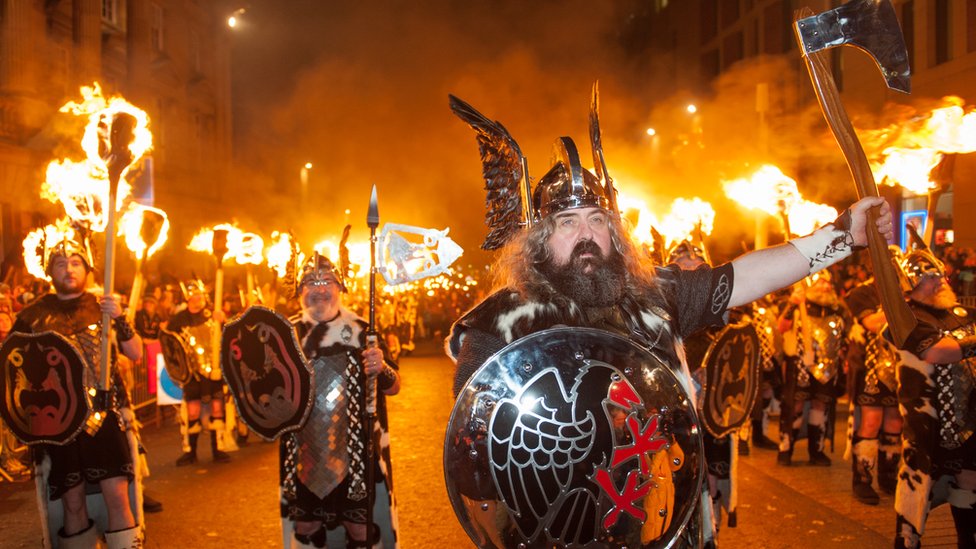
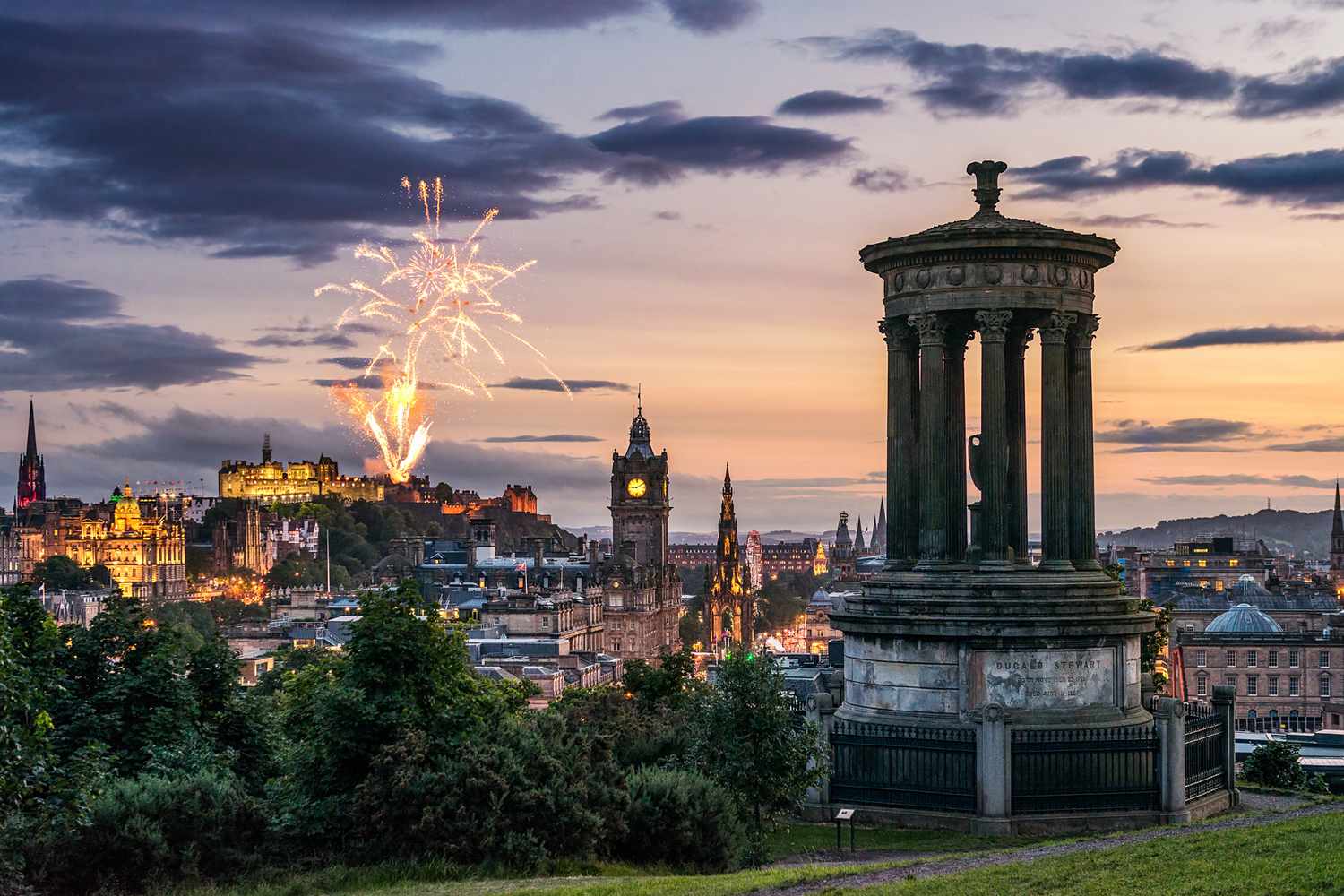
History and Origins of Hogmanay
While there is no clear answer about where or how the term was coined — some say it comes from hoginane, the French word for «gala day», others believe it has Gaelic, Scandinavian, or Old English origins — one thing’s for sure: Hogmanay has a long history in Scotland. The holiday purportedly has roots in the Viking celebration of the Winter Solstice as well as Samhain, the Celtic Pagan celebration of the end of the harvest season. It wasn’t until the 16th-century Scottish Reformation, however, that Hogmanay solidified itself in Scottish culture.
At this point in time, the festivities and celebrations around Christmas were seen as lavish, extravagant, and tightly connected with Catholicism. In 1640, the Scottish Parliament officially banned Christmas; it became illegal to celebrate «Yule vacations». Parties and feasting were considered a distraction from the focus on Christian values, but there were no such restrictions surrounding the new year. So festivities were traditionally saved for Hogmanay, the last day of the old year, explains Gareth Davies, tour guide at Edinburgh Expert Walking Tours. The Scots would have worked as usual over Christmas, but got two days' holiday at New Year instead — as we still do in Scotland, he adds.

The ban was officially lifted in 1712, but the church continued to look down upon any festivities. And it wasn’t until 1958, nearly four centuries later, that Christmas became a public holiday in Scotland. Think of Charles Dickens’s «A Christmas Carol». Part of the original subtext of the story was that Ebenezer Scrooge was Scottish. Not just because he was mean and miserable, but because he expected to work on Christmas Day, as he might have been used to in Scotland, says Davies.
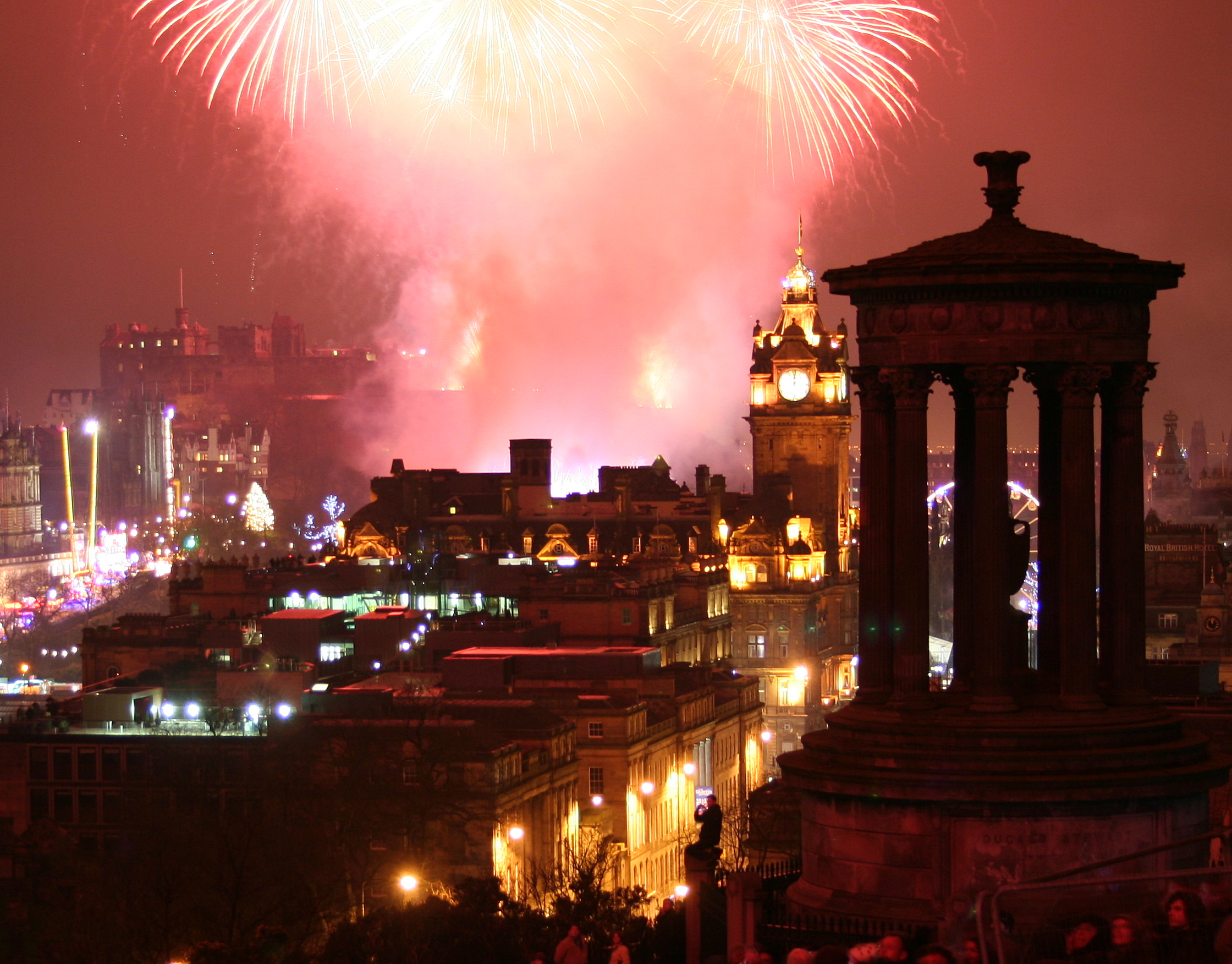
Traditional Customs and Rituals of Hogmanay
Everyone tends to have their own customs when it comes to Hogmanay, however, one of the most unique traditions I’ve come across is «first footing», says O’Leary. When the clock strikes midnight, if you’re the first to cross the threshold at home, it’s good luck; and it’s said that the first footer influences the tone of the upcoming year.
Being the first into someone else’s house, usually a neighbour’s or friend’s, with a drink or a lump of coal is a fantastic tradition, echoes Mark Donald, head chef at The Glenturret Lalique Restaurant. If the first footer has dark hair, even better. It’s believed that a «dark-haired man» brings the best luck, an idea that harkens back to the Viking Age — when someone with light hair showing up at your house might not have been great news.
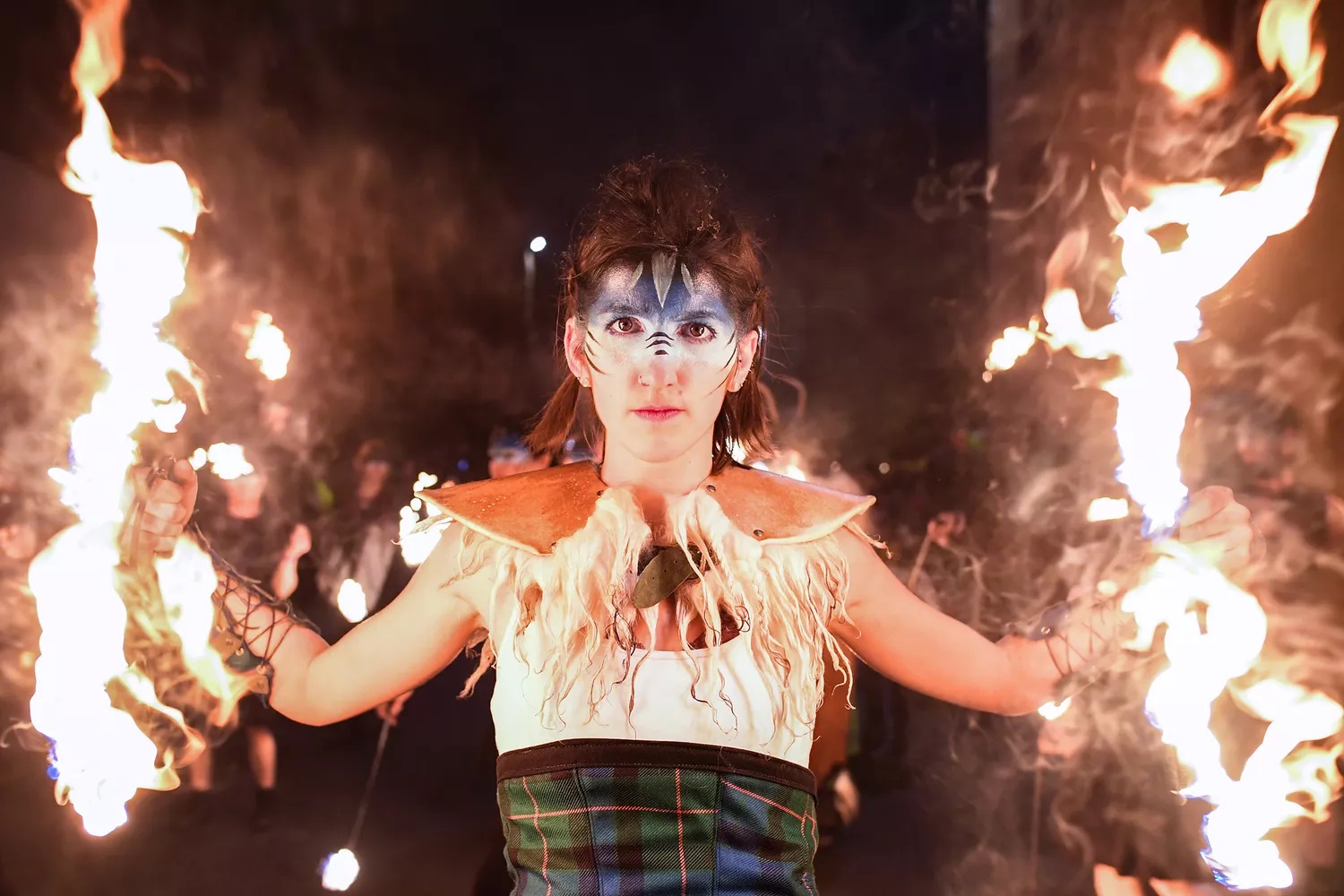
Fire celebrations (firework displays, torch-lit processions, and bonfires) also play a key role in Hogmanay. A nod to the celebration’s Pagan origins, fire symbolizes the sun’s return to the land as well as a way to ward off the evil spirits in the dark. The Scottish poet Robert Burns also has an important part in Hogmanay. It wouldn’t be Hogmanay without a rousing rendition of «Auld Lang Syne» at midnight, says O’Leary.
Lastly, there’s the Scottish blessing for the new year. «Lang may yer lum reek», which I always think sounds faintly insulting… means «Long may your chimney have smoke in it» or more plainly, «Long may your fire burn», says Davies. It’s an expression of good wishes, good luck, and good fortune.
To get the full Hogmanay experience and take part in the largest celebration in Scotland, head to Edinburgh. There are often a whole host of events staged to celebrate Hogmanay — street theater, ceilidhs (Scottish dancing), Christmas markets, and a parade through the Old Town with people holding flaming torches, says Davies.
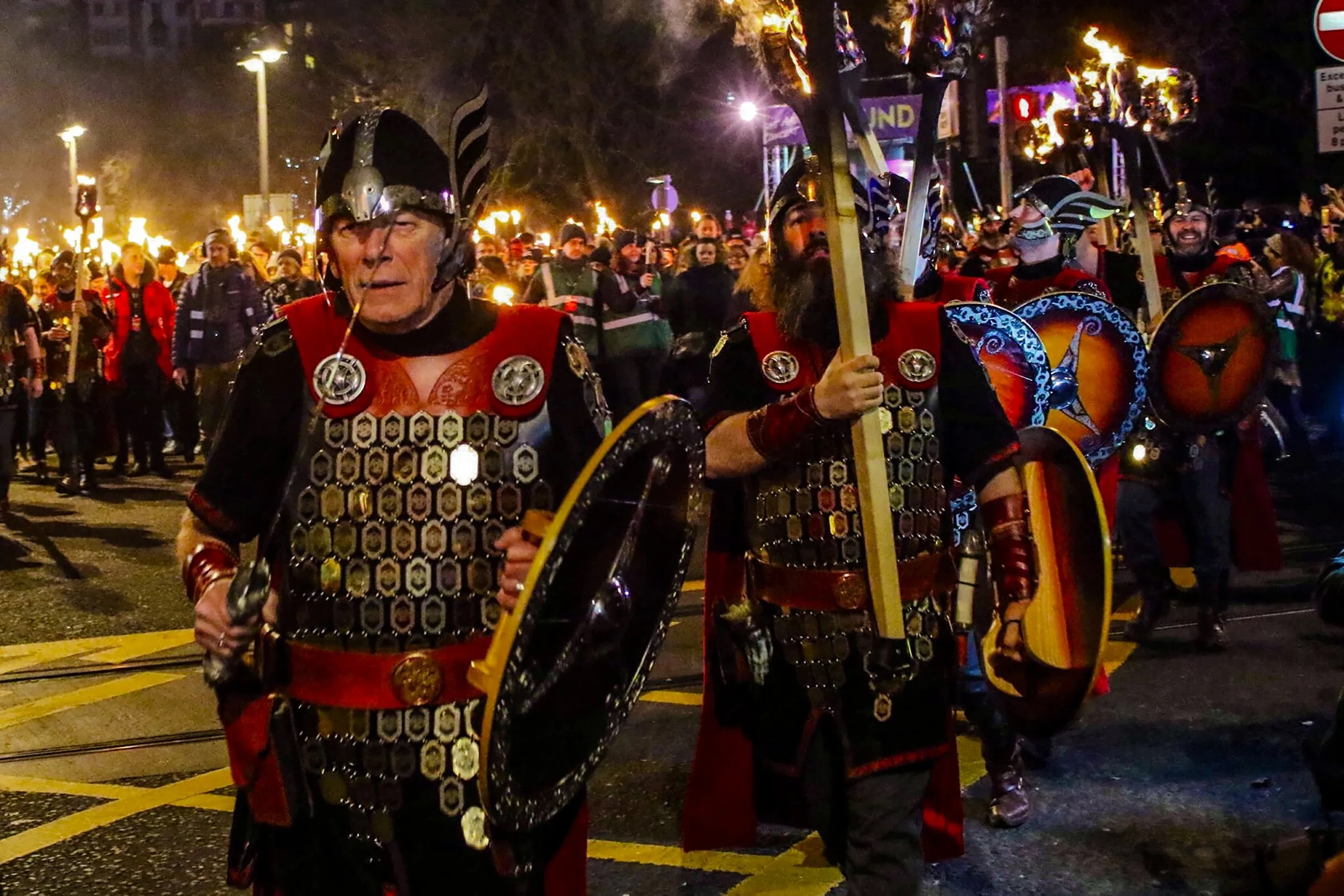
The festivities happen all over the city, but you’ll need tickets for the two main events: Edinburgh’s Hogmanay Street Party and the Torchlight Procession. The city hosts a street party on Princes Street in the New Town. Live bands perform in Princes Street Gardens, and around 40,000 people gather on the street for a huge fireworks display at midnight, says Davies. During the torchlight procession, 20,000 people, all holding burning candles or procession wristbands, make their way through Old Town in celebration of the upcoming year.
Stonehaven, a Scottish harbour town on the northeast coast, also has a firm handle on Hogmanay celebrations. During the Stonehaven Fireball Festival, about 40 locals make their way up and down High Street at midnight, swinging flaming balls in wire cages above their heads. The goal is to create a fireball that will burn for the longest amount of time, but the fireball swinging typically ends after 20 or so minutes. At this time, an incredible display of fireworks is shot off just south of the harbour.
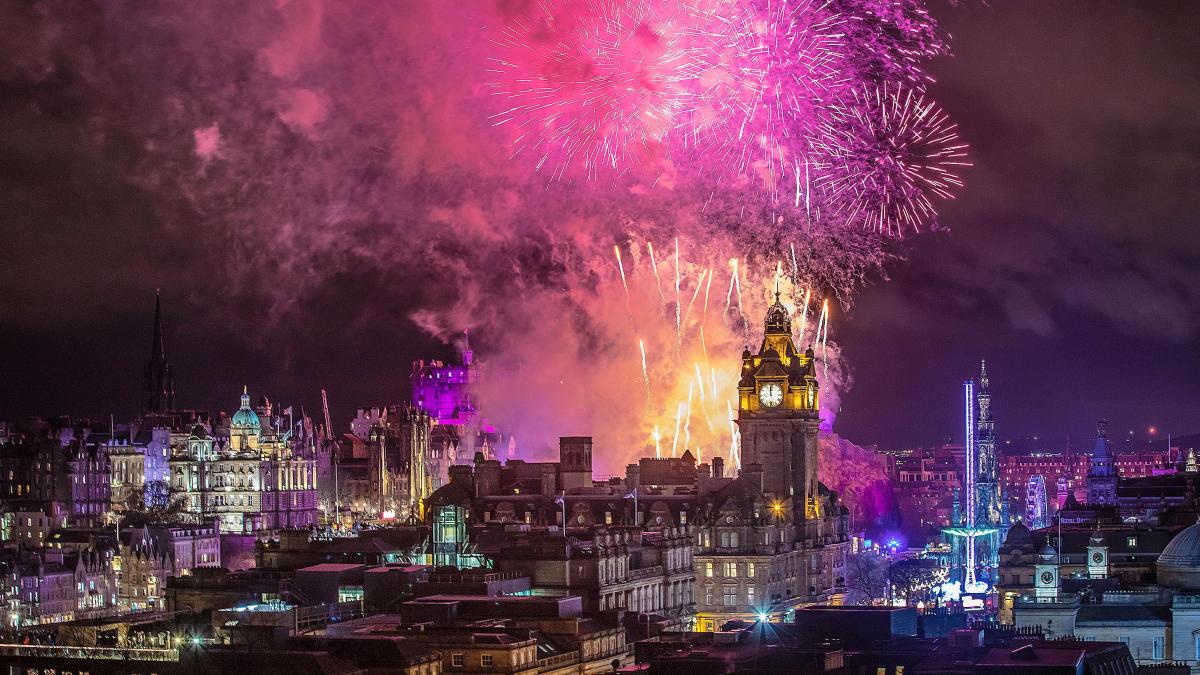
Join Thien Xuan Travel to Scotland for the Hogmanay festival!
Park 2, 208 Nguyen Huu Canh Street, Ward 22,
Binh Thanh District, Ho Chi Minh City, Vietnam
📨 booking@thienxuantravel.com
☎️ +84 888 890 898 — 0938 558 228
Office in the United States
14114 Beech Glen Dr, Houston, TX 77083
☎️ +1 (281) 906-2744

